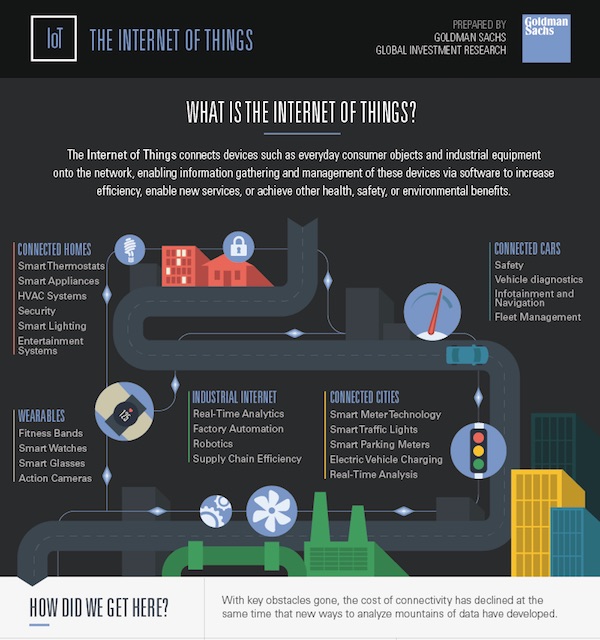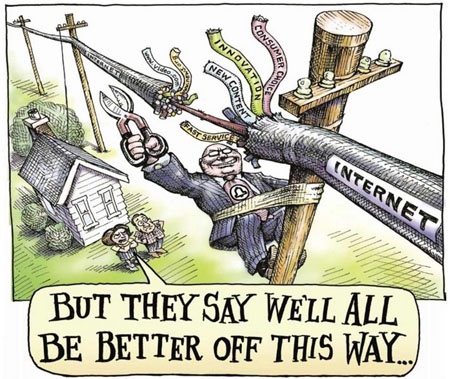Here are a list of online resources our faculty members have found helpful. Most are free. Feel free to add your favorites by posting a reply with the name and web address.
- screen cast-o-matic for lecture capture.
- Khan Academy is a great resource for free videos.
- Live scribe pens are a great inexpensive tool.
- Soft chalk for enhanced interaction.
- Wordle – http://www.wordle.net
- Xtranormal – www.xtranormal.com
- Periodic Table of Videos: http://www.periodicvideos.com
- Google – http://www.google.com/edu/teachers/
- Jing http://www.techsmith.com/jing.html
- Screenr http://www.screenr.com/
- Livemocha –language www.livemocha.com
Help
- Piazza www.piazza.com
- Open Study – openstudy.com
- Free technology for Teachers http://www.freetech4teachers.com/
- Discovery education – http://web2010.discoveryeducation.com/web20tools.cfm
- Edudemic.com – http://edudemic.com/2010/07/the-35-best-web-2-0-classroom-tools-chosen-by-you/
Open educational resources (OER) are “digitized materials offered freely and openly for educators, students and self-learners to use and reuse for teaching, learning and research.”
OER include different kinds of digital assets. Learning content includes courses, course materials, content modules, learning objects, collections, and journals. Tools include software that supports the creation, delivery, use and improvement of open learning content, searching and organization of content, content and learning management systems, content development tools, and on-line learning communities. Implementation resources include intellectual property licenses that govern open publishing of materials, design-principles, and localization of content. They also include materials on best practices such as stories, publication, techniques, methods, processes, incentives, and distribution.
Open Educational Resources websites:
- http://florida.theorangegrove.org
- http://oerconsortium.org/
- http://www.archive.org/details/education
- http://openeducation.zunia.org/
- http://opencourselibrary.org
- http://www.aascu.org/programs/redballoon/
- https://openeducationalresources.pbworks.com/w/page/24836860/What-are-Open-Educational-Resources
MERLOT- Multimedia Educational Resources for Learning and Online Teaching at www.merlot.org
http://www.advantageedu.com/blog/2008/100-open-courseware-resources-for-teachers/
National Repository for Online Courses content and in house materials — http://www.montereyinstitute.org/nroc/
The California State University system has been implementing a “Affordable Learning Solutions” initiative for about a year. They have organized many open learning resources into a “one-stop shop” that is open to everyone – see http://als.csuprojects.org
CSU have built some simple applications where a faculty or student can type in the ISBN of their textbook and “OER Finder” will provide a list of open learning resources associated with the topic of the textbook see http://als.csuprojects.org/course_content or if you only want to find open textbooks (vs. course modules, online courses, etc), use the OER Finder at http://als.csuprojects.org/free-textbooks . The Affordable Learning Solutions and the OER Finder is built on the long term success of MERLOT (www.merlot.org) – an open online library of over 27,000 open learning resources, many of which have been peer reviewed by academic editorial boards.
CSU has started having faculty share their course syllabi that illustrates how they are substitute open learning resources for textbooks (see http://als.csuprojects.org/sharing-practices for some initial samples.
The CSU also has tested the strategy of licensing digital textbooks (“Renting Digital”) at a significantly lower cost (35% of new textbook price for the pilot studies). You can read about the CSU’s Digital Marketplace project at www.dmproject.org and the “licensed content” project at: http://www.dmproject.org/solutions/licensed_content.html and the Digital Marketplace 2010 year-end report http://www.dmproject.org/docs/2010-YearEndReport.pdf
http://hosted.mediasite.com/mediasite/Catalog/pages/catalog.aspx?catalogId=68c4ce9f-c919-45ea-b18b-0f5aa7501fbd presentation on the open future and the speaker is Dr. David Wiley. While not totally open there is a large FIPSE Grant that was given to Florida State College in Jacksonville. They have a project called SIRIUS Academics which provides low cost course contents and books on several courses with more in the works. Person to contact if you are interested is Rick Granger: lgranger@fscj.edu phone: 904-632-3307. Also you may contact Leslie Balsiger for materials that she has on this topic lbalsiger@lccc.wy.edu
Going hybrid
For those faculty in our member colleges who are thinking about creating hybrid courses, here are some great resources. Most are from the University of Wisconsin – Madison.



 Samsung just announced that by 2017, 90 percent of all of its devices sold would be Internet-enabled. This is a big statement considering Samsung sold over 665 million products last year. If that’s not enough, the platform will be open, allowing developers to build other compatible software and hardware to interact with those devices.
Samsung just announced that by 2017, 90 percent of all of its devices sold would be Internet-enabled. This is a big statement considering Samsung sold over 665 million products last year. If that’s not enough, the platform will be open, allowing developers to build other compatible software and hardware to interact with those devices.
 As I was traveling by car to my parent’s home in West Virginia, I was listening to NPR on the radio. I am not sure which program or even the name of the guest because of the lack of reception in the mountains, but I listened in amazement as the host and a physician discussed a study published in the
As I was traveling by car to my parent’s home in West Virginia, I was listening to NPR on the radio. I am not sure which program or even the name of the guest because of the lack of reception in the mountains, but I listened in amazement as the host and a physician discussed a study published in the 
 Yesterday, the Supreme Court struck down key components of the FCC’s Open Internet Rules, effectively ending
Yesterday, the Supreme Court struck down key components of the FCC’s Open Internet Rules, effectively ending  While Netflix can afford to pay a higher premium to be able to stream endless hours of content at the highest speeds to their subscribers, how can a consortium of community colleges in Kansas afford to deliver hours of online education to thousands of students via the Internet? They simply cannot afford to pay the same rates as the media monoliths, rendering students helpless and frustrated as they move through their online coursework at the speed of Methuselah, relegated to the bottom of the bandwidth.
While Netflix can afford to pay a higher premium to be able to stream endless hours of content at the highest speeds to their subscribers, how can a consortium of community colleges in Kansas afford to deliver hours of online education to thousands of students via the Internet? They simply cannot afford to pay the same rates as the media monoliths, rendering students helpless and frustrated as they move through their online coursework at the speed of Methuselah, relegated to the bottom of the bandwidth. Take a close look at the whitepaper. Start with the title, Taking the Guesswork out of Student Retention. You might infer from this bold title that SPSS has found a solution for retention issues. If true, this could help every institution in the world; who doesn’t want better retention? Yet the document doesn’t contain any evidence to support the claim that SPSS has improved retention. The first example from an implementation at Baruch College quotes the following:
Take a close look at the whitepaper. Start with the title, Taking the Guesswork out of Student Retention. You might infer from this bold title that SPSS has found a solution for retention issues. If true, this could help every institution in the world; who doesn’t want better retention? Yet the document doesn’t contain any evidence to support the claim that SPSS has improved retention. The first example from an implementation at Baruch College quotes the following: